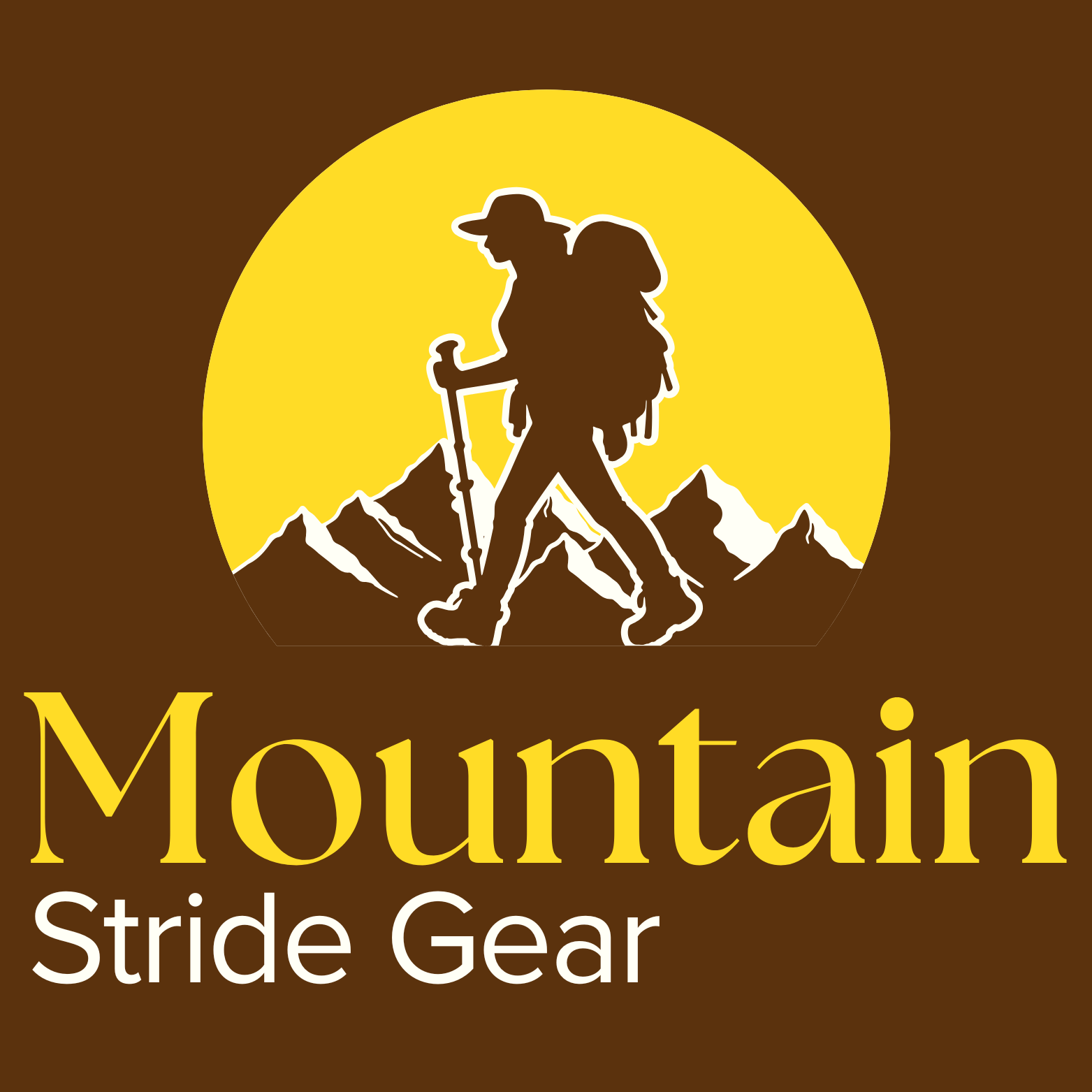Are you setting off on rugged trails, remote backcountry explorations, or planning an epic thru-hike and wondering how to choose the right backpacks & carry gear? In this guide, you’ll learn the critical features to look for, smart packing strategies that reduce strain, and actionable tips to build a gear setup that supports your adventure—not weighs you down. By the end, you’ll feel confident selecting gear that balances comfort, durability, and function.
Why Getting Backpacks & Carry Gear Right Makes All the Difference
A backpack isn’t just a container—it’s your mobile basecamp. If weight isn’t distributed well, you risk fatigue, back pain, and gear that shifts as you move. The right pack size, frame, and fit can prevent blisters, sore shoulders, and give you energy to enjoy longer days on the trail.
1. How to Choose the Perfect Backpack
Match Size & Capacity to Trip Length
- For overnight trips or weekend trips, aim for a 40–50 liter pack so you can carry shelter, sleep system, and extra layers without overloading.
- For thru-hikes or multi-day journeys, packs in the 60–80 liter range allow room for bulky items and extra food, but demand greater discipline to avoid unnecessary weight.
- For day hikes or fastpacking, ultralight packs under 25 liters may suffice and greatly reduce physical strain.
Frame, Support, and Fit
- Internal vs. External Frames: Internal frames wrap around your body and offer better balance on uneven terrain. External frames may allow more airflow and help carry odd-shaped gear, but are bulkier.
- Torso Length and Hip Belt Fit: Measure your torso from the base of your neck to the top of your hip bones. A hip belt that sits on the right part of your pelvis shifts load from your shoulders to your core, reducing shoulder fatigue.
- Load Lifters and Compression Straps: Use these features to pull the weight close to your back, improving stability.
2. Smart Packing Strategies & Gear Management
Zone Packing and Weight Distribution
- Bottom Zone: Soft, bulky items like sleeping bags and pads. They cushion and protect fragile items above.
- Core Zone: Denser, heavier gear close to your back panel—for example, stove, cook set, heavier clothing layers.
- Top Zone: Rain gear, snacks, spare layers—items you may need without unpacking the whole bag.
- External & Pocket Access: Rain jacket, first aid kit, water bottle should be in spots you can reach often: hip belts, shoulder straps.
Tracking Base Weight & Essentials
- Separate Base Weight vs. Consumables: Base weight should include your backpack, shelter, sleep gear, clothing—not food, water, fuel. Monitoring this helps you see where cuts are possible.
- Carry the Ten Essentials: Even on short trips, navigation, fire, light, extra layers, first aid, and emergency shelter are non-negotiable. Missing one could turn a small issue into a crisis.
3. Common Mistakes & How to Avoid Them
- Overpacking: bringing gear “just in case” often adds pounds you never use.
- Ignoring Fit: a high-quality backpack that doesn’t match your torso or hip size causes pain and inefficiency.
- Skipping Test Puts: load and try your gear at home or on short hikes to weed out discomfort, missing items, or redundant gear.
- Using Ultralight Methods Without Context: Going ultralight is great if terrain, weather, and resupply allow. Otherwise, risky in cold, wet, or rugged regions.
Examples, Trends & Insights
- Ultralight hiking has surged: many hikers share base weights under 10 pounds on trails like the Appalachian Trail or Pacific Crest Trail as a trend toward speed and efficiency.
- Gear design is evolving: new carry gear now features minimalist hydration systems, roll-top closures for waterproofing, and modular pockets.
- Style blends with function: people now prefer outerwear and backpacks that perform but also look good off-trail—durable materials, clean lines, and color that works in social media, but also resists wear.
Getting your backpacks & carry gear right affects every step of your adventure—from comfort and safety to how much joy you can find on long trail days. Key takeaways:
- Pick a pack sized to your trip length and body shape.
- Use smart packing zones and keep essential items accessible.
- Track base weight and always include the Ten Essentials.
- Learn from common errors by trial, not by ordeal.
Want regular outdoor gear insights, packing checklists, and tips for staying light and prepared? Sign up for our newsletter and share this guide with fellow adventurers committed to going farther with confidence.
